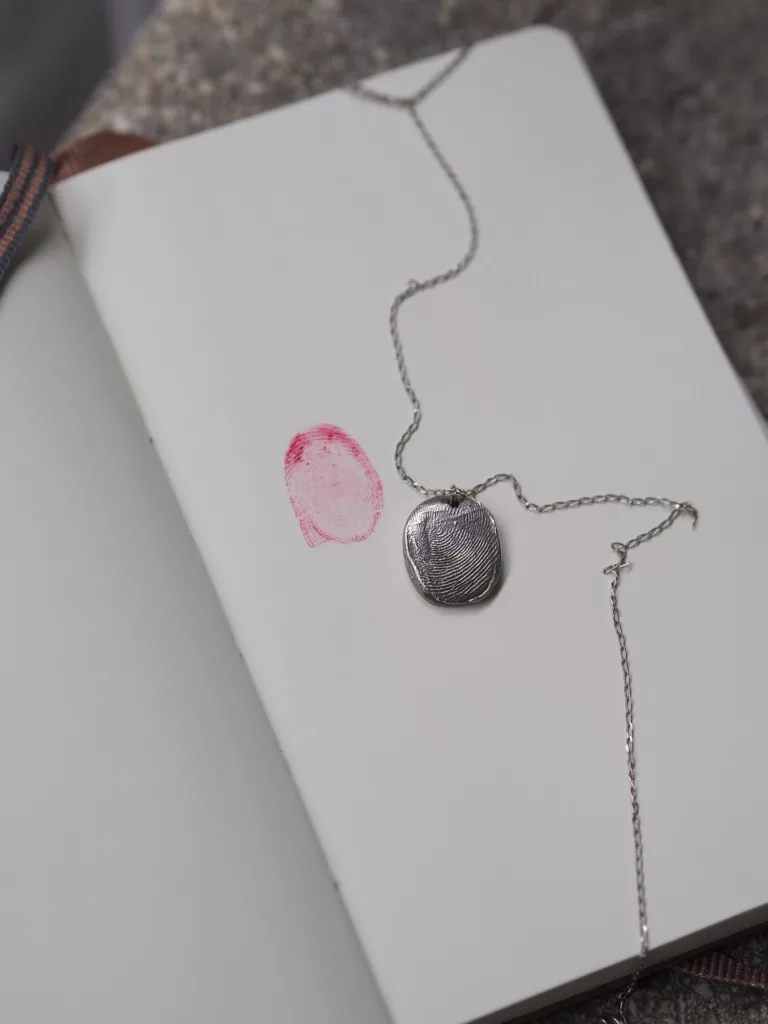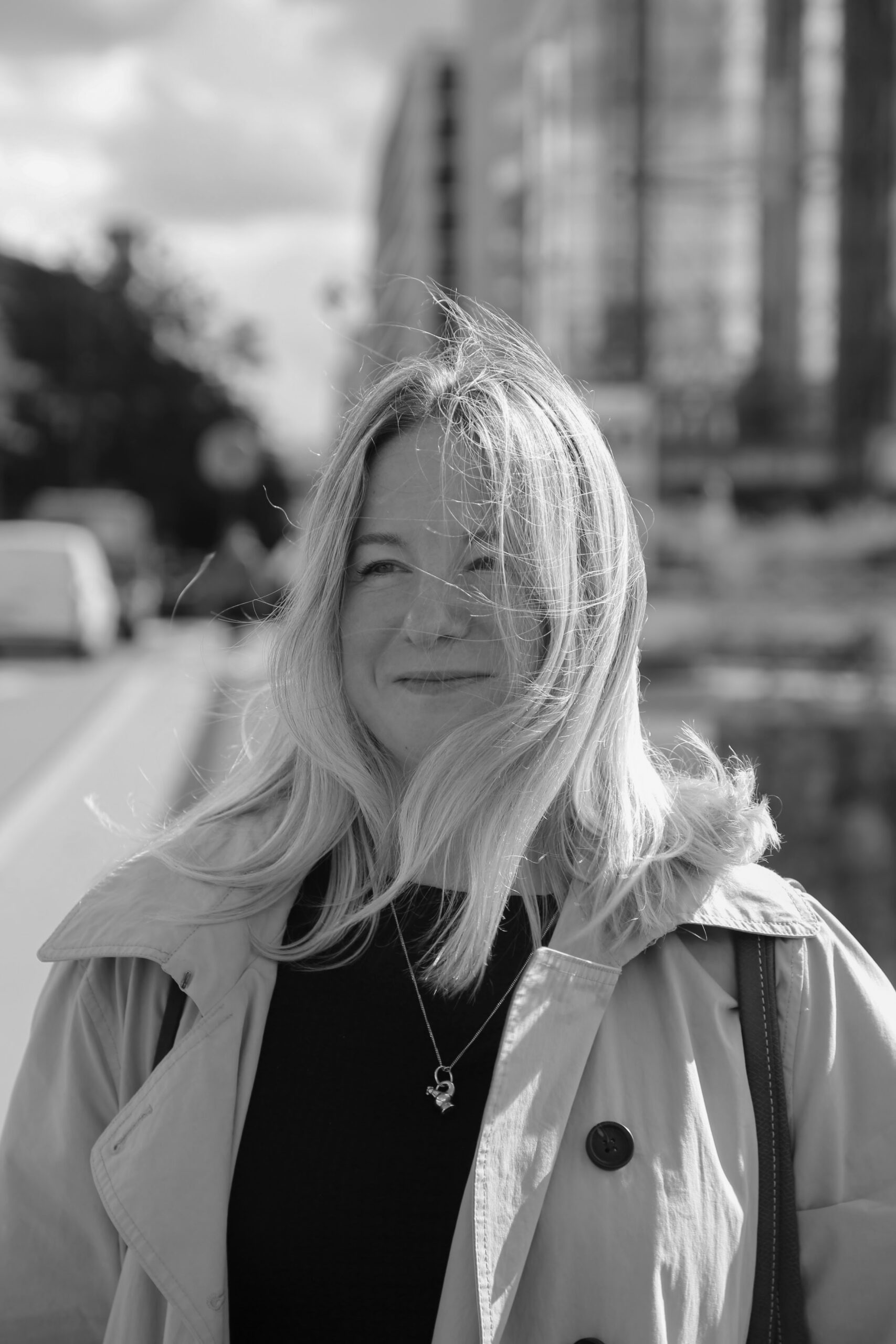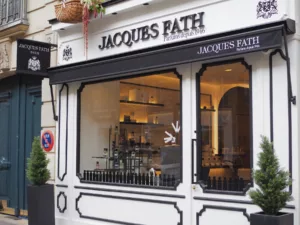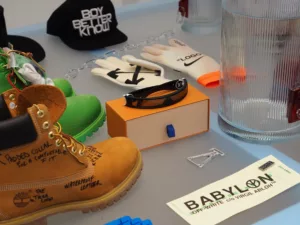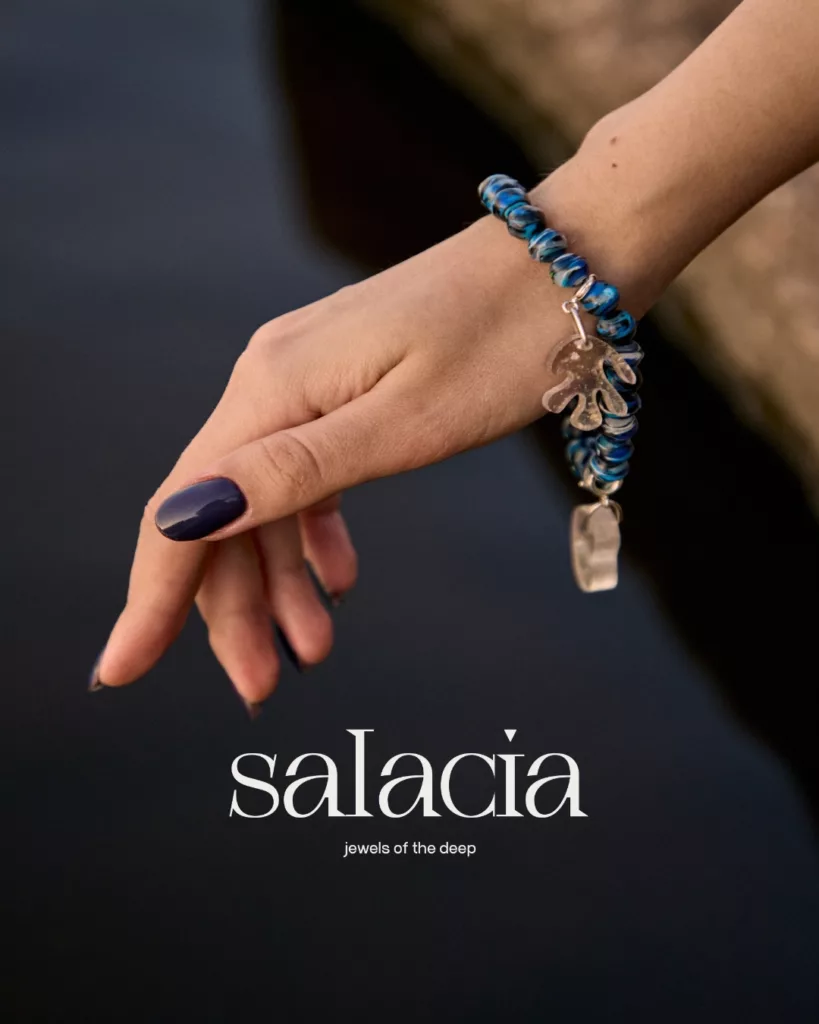Three years ago, Daria moved to Paris following Russia’s full-scale invasion of Ukraine. In this new country, she not only learned to adapt — she finally gave herself permission to pursue a childhood dream: to become a jeweler. Today, she works for a French jewelry company, runs her own brand called Fillidos, and shares a story that’s all about resilience and rekindled passion.
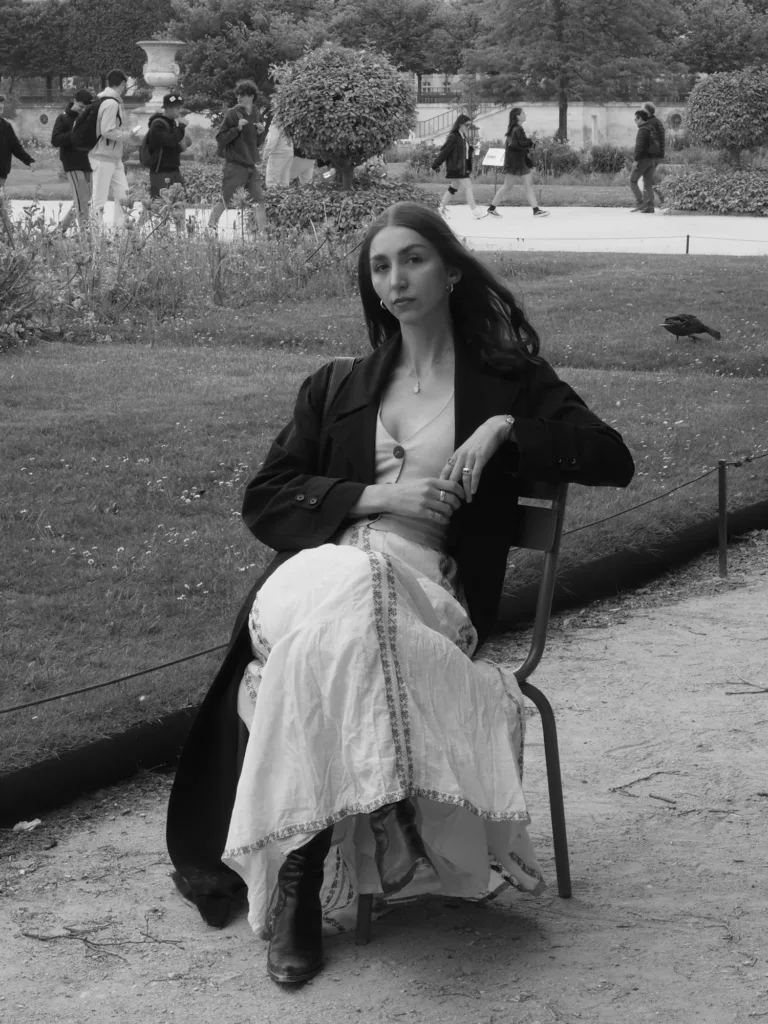
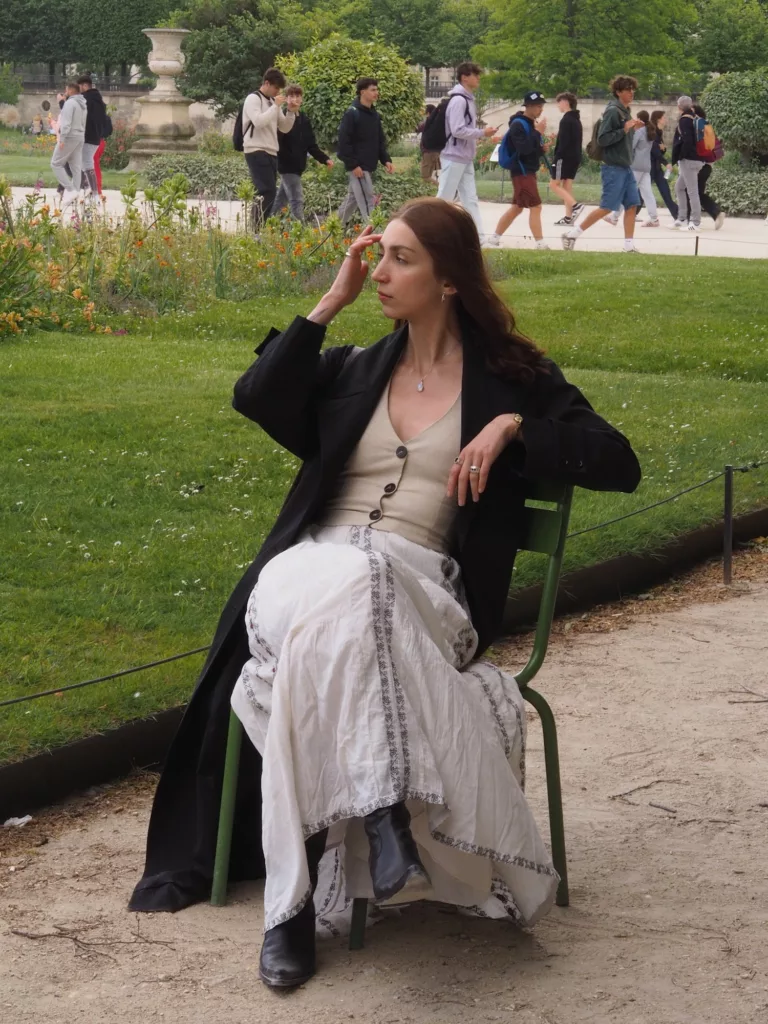
Why Paris?
I was born and raised in a small town next to Odesa, where I moved for studies later. In 2022, the war forced me to leave Ukraine, and I decided to go to Paris. I didn’t speak the language, so continuing my marketing career was complicated. I started looking for any job. One day, I walked into Shakespeare and Company — the iconic English-language bookstore and café — and simply asked if they were hiring. They were. That’s how this new chapter of my life began.
How did jewelry come into the picture?
To distract myself from the news and emotional exhaustion, I remembered how much I loved craft stores back in Odesa. I used to spend hours making beaded jewelry. And then I remembered something else: when I was 13, I once found a wallet with a student ID from a jewelry college. It sparked something in me — I thought, “I could be a jeweler too.”
I returned the wallet, but the idea stayed. Still, like it often happens, my mother said, “That’s not a real profession,” so I studied marketing instead. But the idea never went away.
My jewelry path actually started with TikTok. I watched tutorials, learned the basics, and dreamed of enrolling in a proper school — but I couldn’t afford to quit work. So I found an affordable alternative: a €10 Domestika course on making a silver signet ring. I made my first wax model and then spent four more months just trying to find someone who could cast it. The jewelry world is very closed — a lot happens through word of mouth.
Later, I traveled to Ukraine on vacation and took an intensive course at a jewelry school. That’s where I met the teacher who eventually introduced me to my future colleague in France.
You’re now working as a bench jeweler. Was it difficult to get in?
Yes, it was. I now work with a great team, and we create incredible pieces i’m proud of! But getting my first job wasn’t easy.
I applied to dozens of places over three or four months and was eventually hired by a small family-owned jewelry workshop. Before they hired me, I had to come in every Monday for nearly two months and prove my skills. I didn’t know much at the time, but I was persistent. The work was physically and emotionally tough. I remember how nervous | was holding an intricate gold piece for the first time — you just can’t make a mistake.
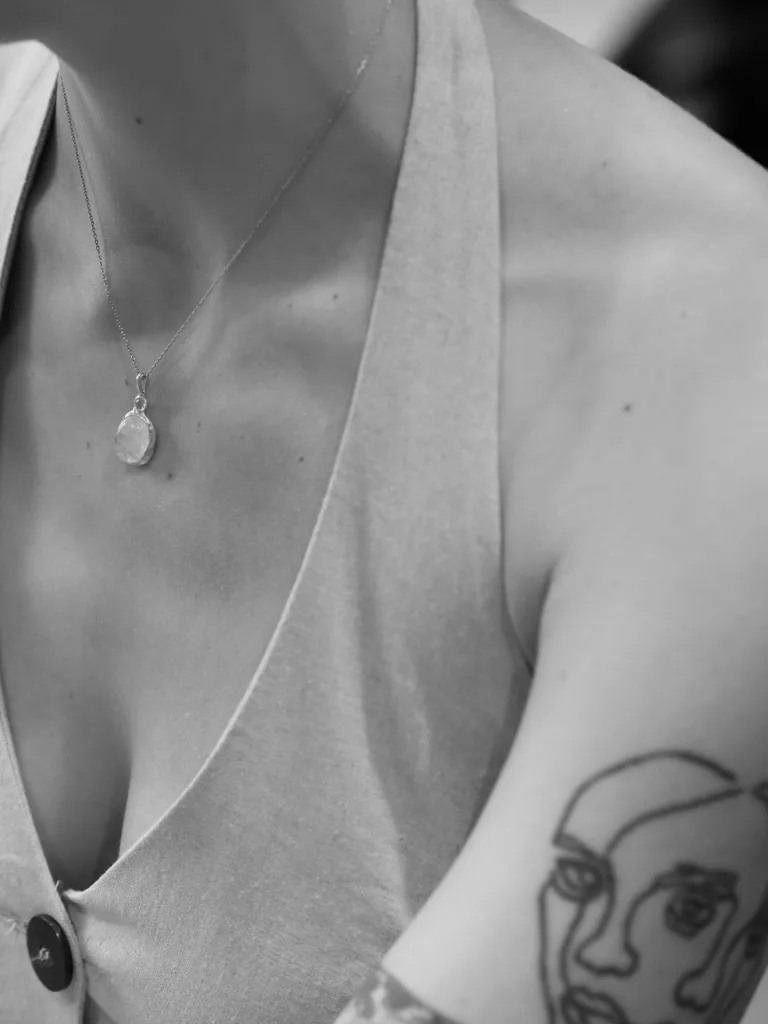
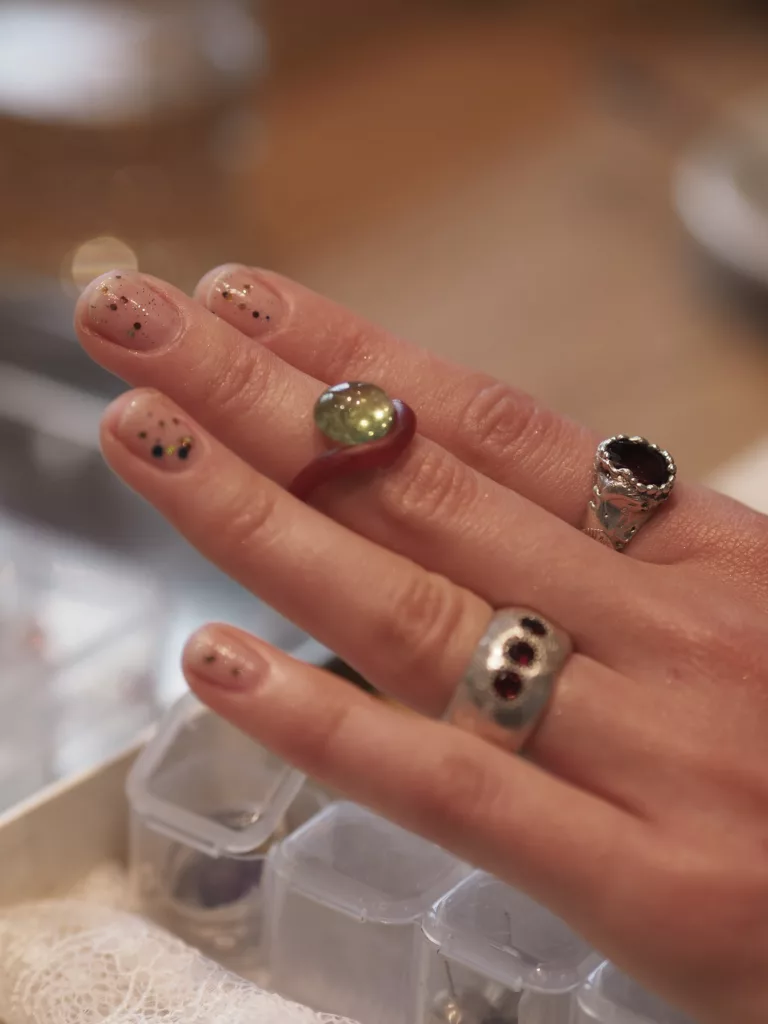
Can you tell us more about how large jewelry houses work?
Not many consumers realize how many stages and skills are required to make a single piece of jewelry. Big companies have a strict hierarchy — every person is responsible for one particular job. Stages of creation generally include designing the piece, making the 3d model, casting it in metal, selecting the gemstones, cleaning up the metal, setting the stones and polishing the piece. All of those are separate professions as well, and jeweler is only a one piece in the puzzle. But when you’re working alone you must be able to do all of that yourself. It requires flexibility, precision, and extreme attention to detail. But it’s fascinating.
You’re mostly self-taught and didn’t go to a famous jewelry school. Do you feel that in your work with others?
Honestly — not at all. I actually think my passion is my strength. Jewelry-making energizes me. I come home from work and still spend hours watching videos on gemology, metals, and techniques. My TikTok is a feed of nothing but jewelry. I can wake up at 3 a.m. with an idea and start sketching a new piece. And on top of that, I run my own brand, Fillidos.
Tell us more about it — how did the idea come to life?
Even before I started making jewelry, I always dreamed of creating something of my own. I even chose an Instagram handle that could one day work as a brand name. At first, I thought it would be a marketing agency. But fate had other plans — and now it’s a jewelry brand.
What is the philosophy behind Fillidos?
I’m drawn to organic forms — imperfect, raw, alive. Dents, fingerprints, asymmetry, unexpected textures. Each piece is a form of play. I never fully know how it will turn out. The process itself tells me when it’s done.
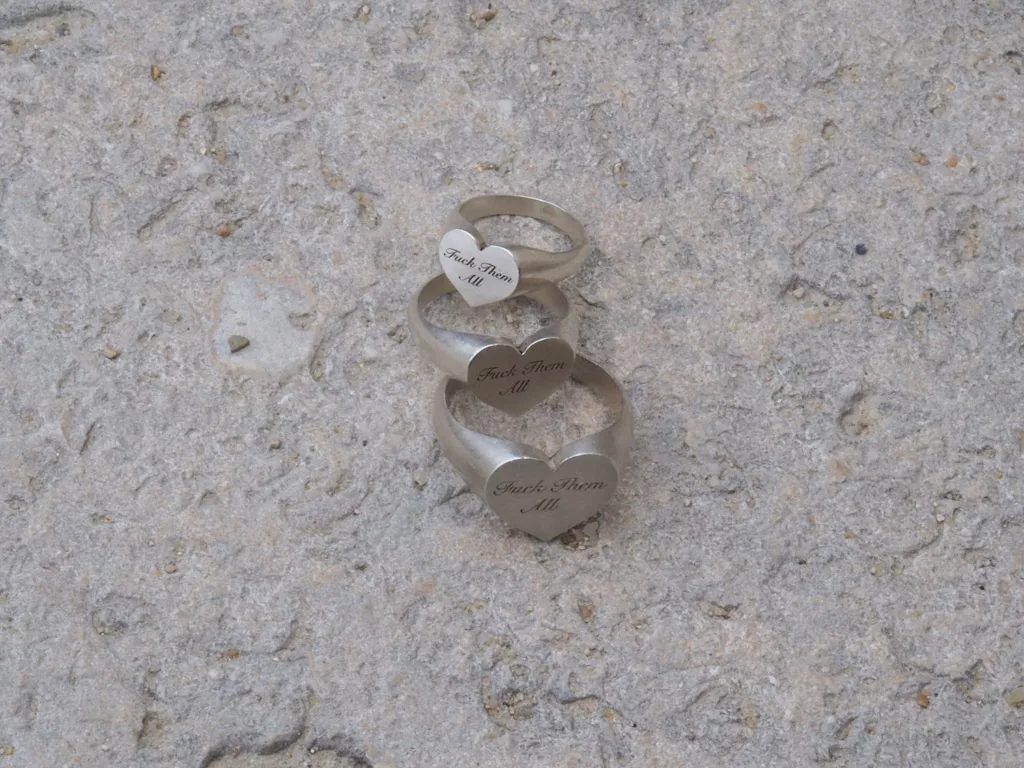
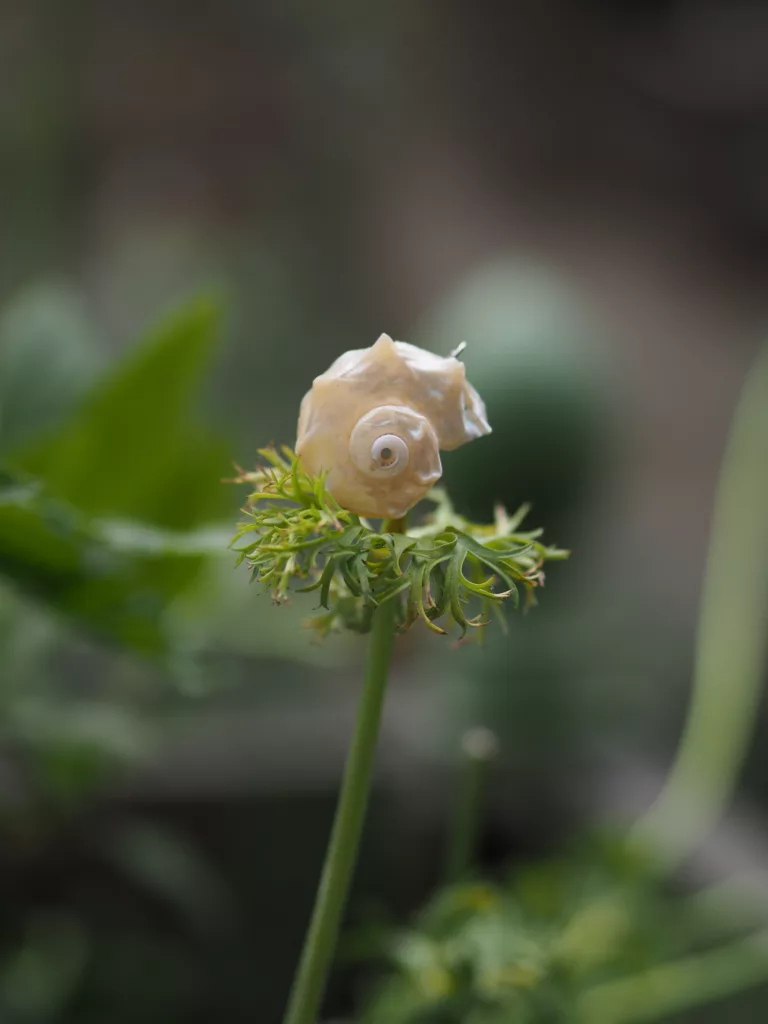
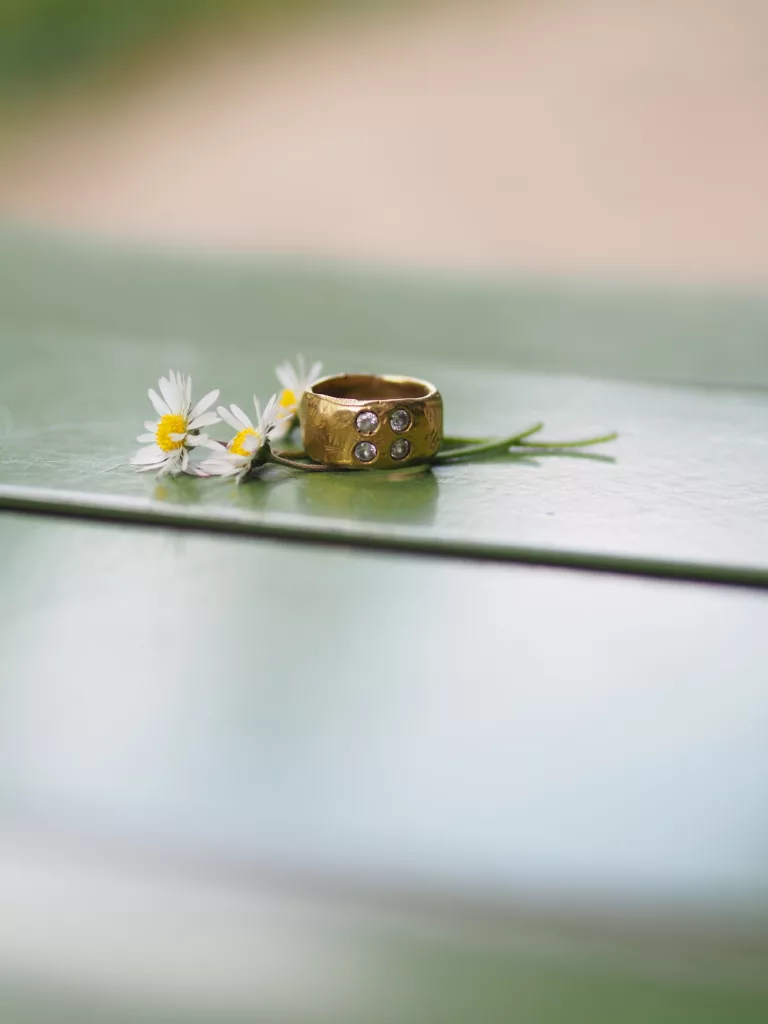
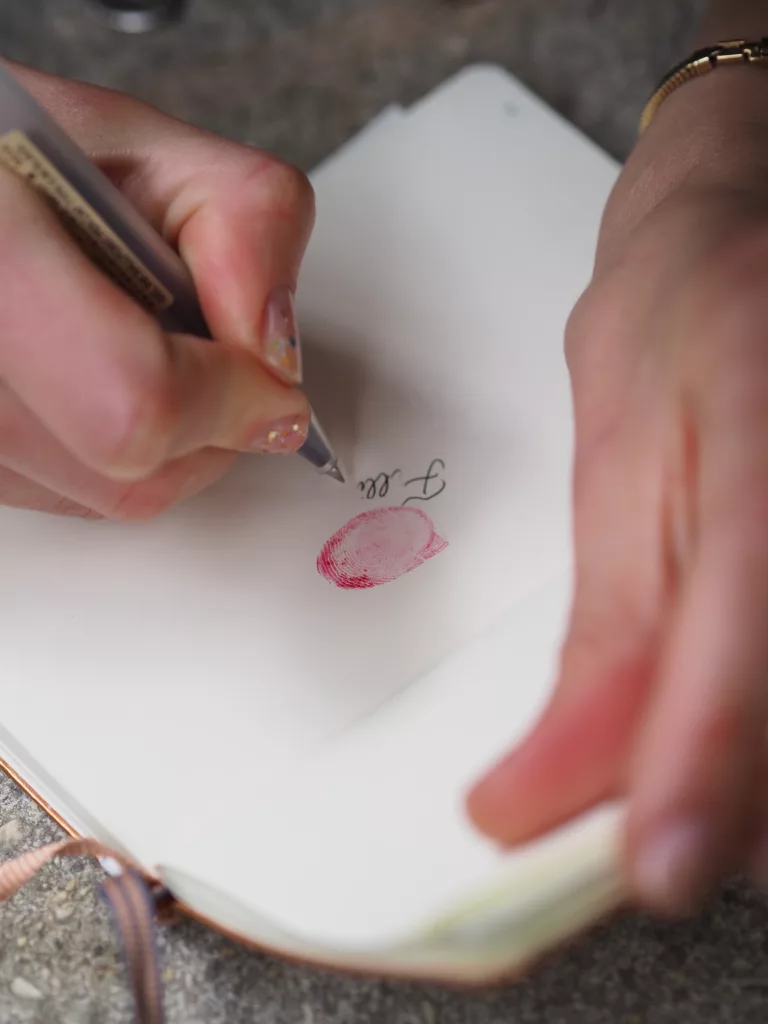
Where do you source your stones?
For now, I buy through Etsy or from gemstone fairs that happen in Paris twice a year. Sellers come from India, Thailand, Africa. You need to know the market and be ready to negotiate — it’s easy to get scammed.
I haven’t announced it yet, but I’ve recently acquired my very own diamond dealer, and it’s a big step in my career. I’m planning to start creating high-end pieces and engagement rings.
How can someone tell if a stone is real?
It’s all about experience and exposure. I’m currently studying gemology to deepen my understanding. Some things are obvious — like telling garnet from amethyst. But when it comes to imitations, it gets trickier. You need to see and touch the stones in person, recognize textures and the way light moves. I personally love garnet and tourmaline. And I can’t wait to start working with diamonds and top-quality gemstones: emeralds, rubies and sapphires.
What’s your take on lab-grown diamonds?
It’s a hot topic. As much as I love natural stones, I think lab-grown diamonds absolutely have their place. They’re chemically identical to mined diamonds — sometimes even experts can’t tell the difference. My gemology professor says you need a specific machine worth hundreds of thousands of euros to distinguish them — something only major houses can afford.
Sometimes, even certified labs send out mixed batches, and you wouldn’t know unless you tested every stone. That’s why knowledge, ethics, and critical thinking are so important in this field. I simply do not want to continue the chain of lies which natural diamonds industry tells you.
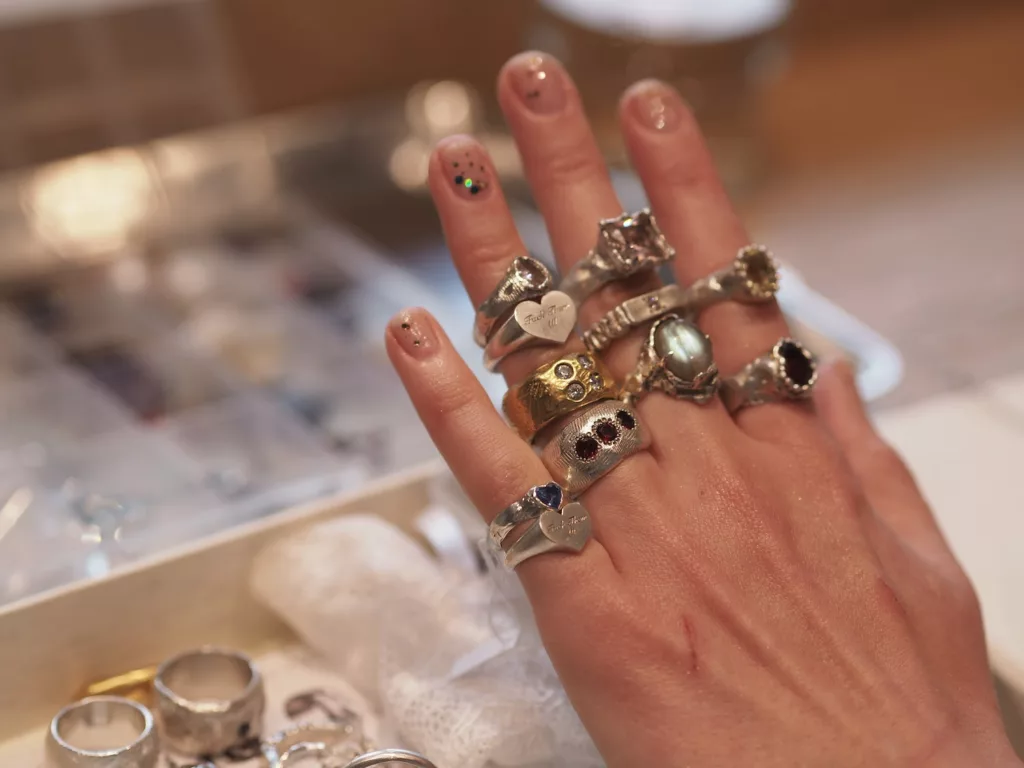
Thank you so much for this beautiful and inspiring conversation. To wrap up, could you share your favorite books or sources of inspiration?
Thank you! I love diving into the history of old jewelry houses, reading biographies of jewelers, browsing vintage Sotheby’s catalogs, and visiting museum collections.
Art Nouveau is one of my favorite eras — all that freedom and symbolism. I admire René Lalique and Georges Fouquet, who created as artists, not just craftsmen. From a later period, I adore the elegant simplicity of Elsa Peretti for Tiffany & Co.
And I hold a special place in my heart for Joseph Marchak — an outstanding jeweler from Kyiv once called “the Fabergé of Kyiv.” His work proves that Ukrainian jewelry has deep roots and world-class artistry.
Books:
* The Cartiers, Francesca Cartier Brickell
* Stoned,Aja Raden
* Jewels,Victoria Findlay
* Elizabeth Taylor: My Love Affair with Jewelry
* Un art nouveau. Métamorphoses du bijou, L’école des Arts Joaillerie
Films:
* Nothing Lasts Forever on Netflix
* Uncut Gems with Adam Sandler
* Documentary from Business Insider on How People Hunt for Gemstones
Museums:
* L’école des arts de Joaillerie in Paris (partnered with Van Cleef)
* Victoria and Albert Museum in London (there’s big exhibition about Cartier till November)
* Louvre the Gallerie D’Apollon
* Gallery of Mineralogy and Geology Jardin des Plantes (Paris)
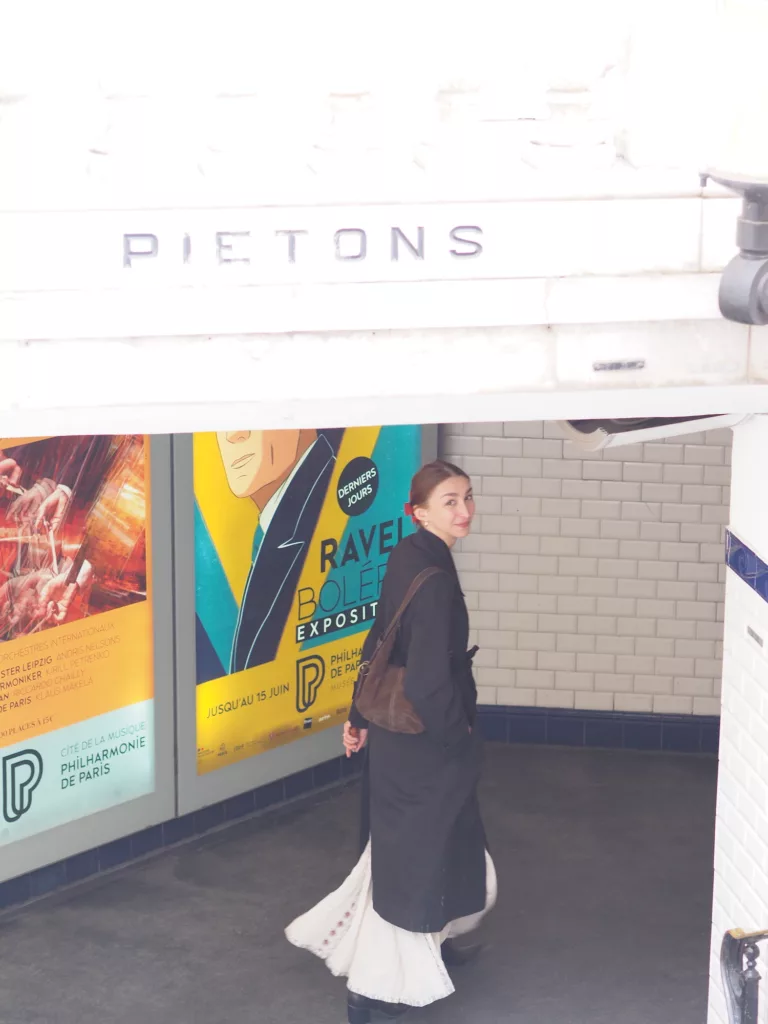
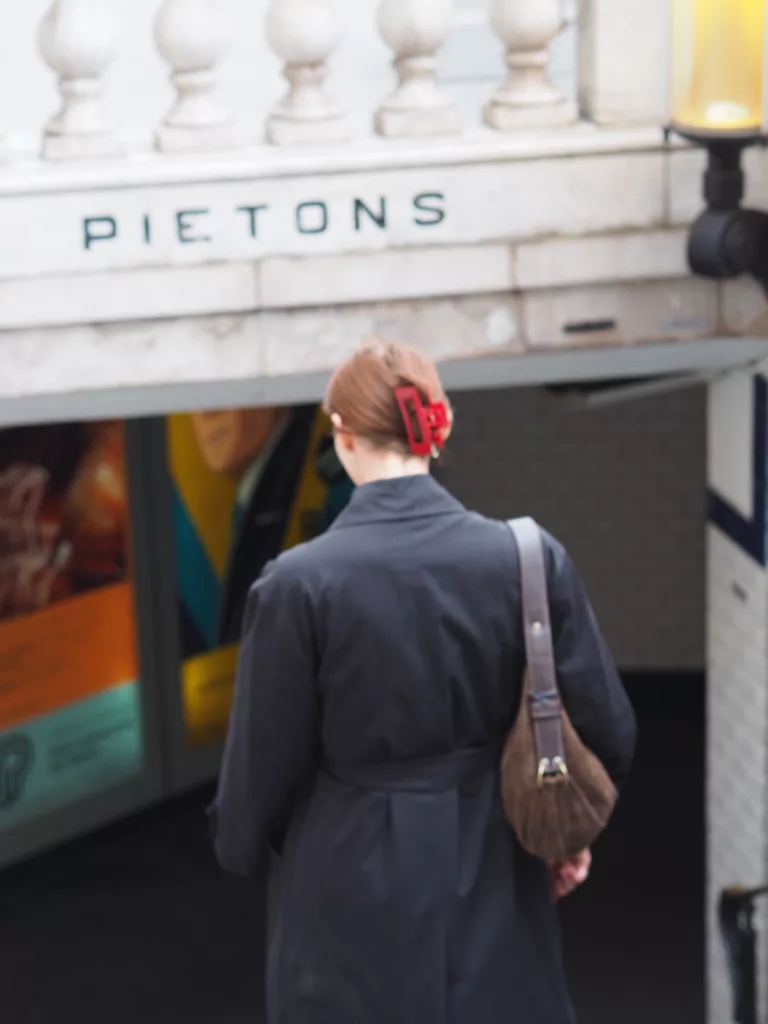
Instagram @fillidosjewelleryclub
